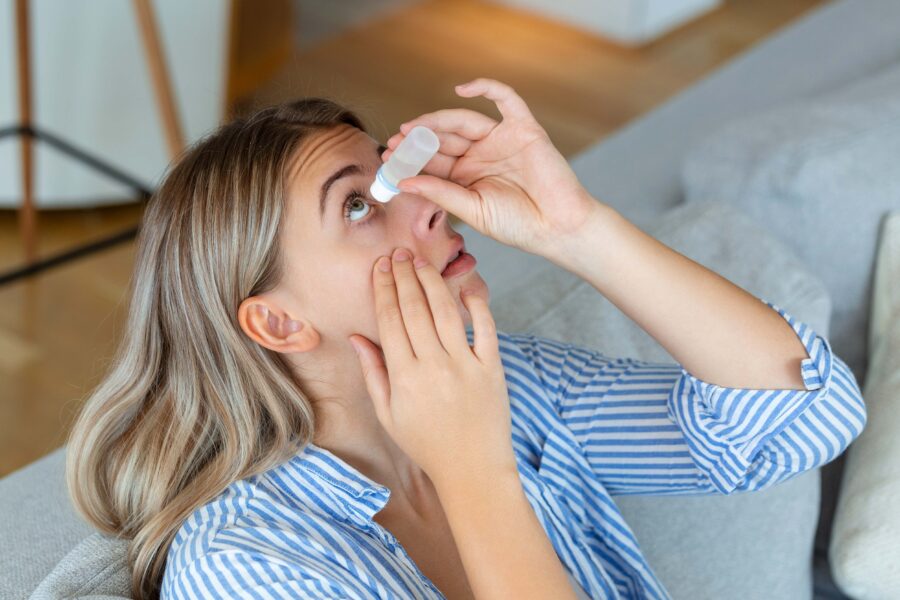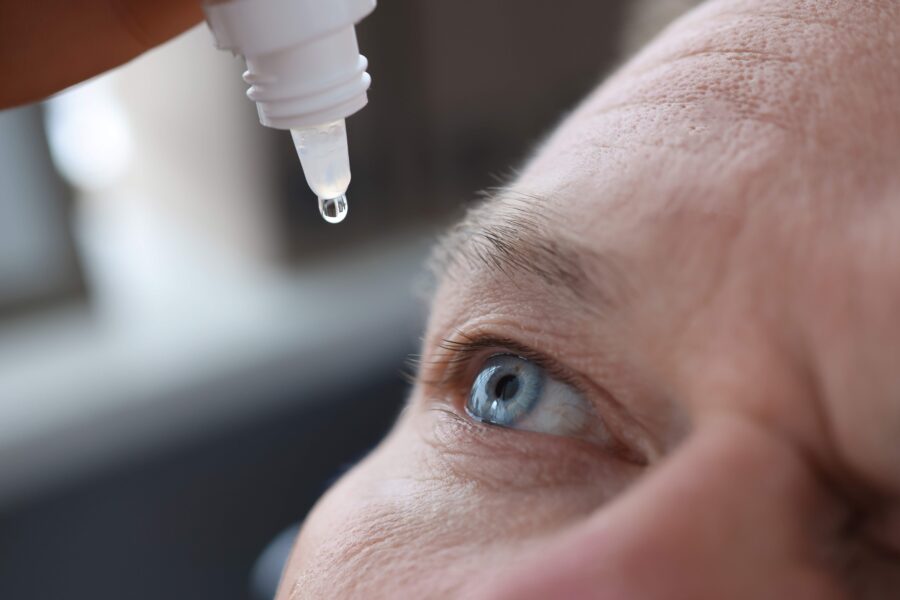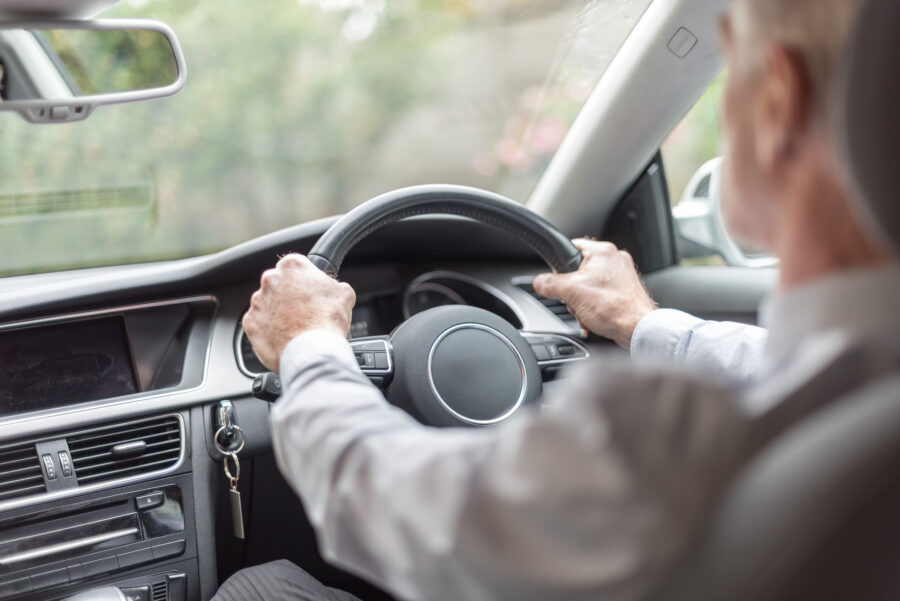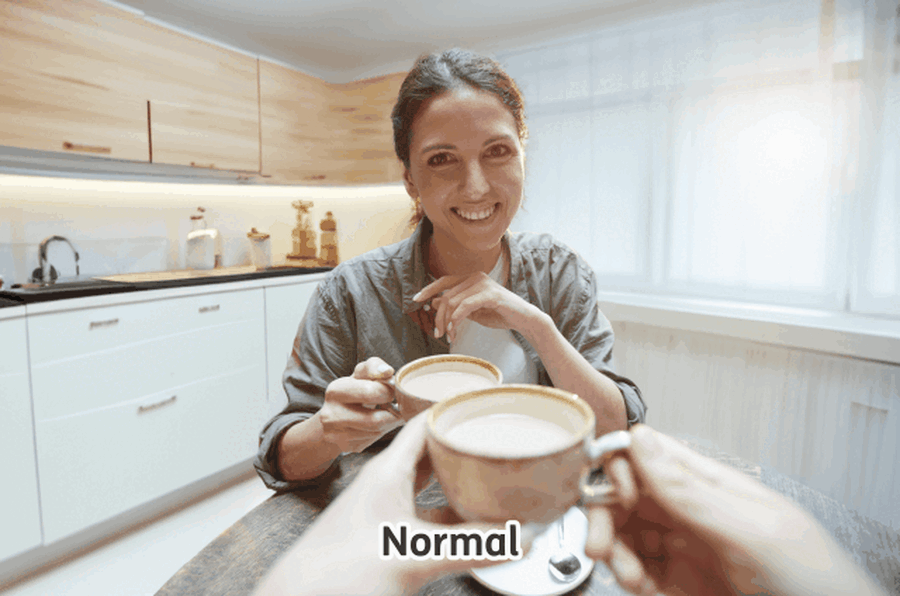Blog post
How to Apply Eye Drops

Matthew Burford BSc(Hons) Optometry MCOptom - Domiciliary Optician and Professional Services Manager at OutsideClinic
3-5 minute read time
The tips in this article are primarily for over-the-counter eye drops, like those used for dry eyes, allergies or brightening the eyes.
If you’ve been prescribed eye drops for specific conditions, such as glaucoma or post-cataract surgery, you’ll have received detailed instructions on how to use them. It’s important to follow these guidelines to ensure the best care for your eyes.
Remember, this advice is not meant to replace instructions from your healthcare provider.

Before you apply them
- Sit or lie down in a comfortable position.
- Read the instructions: Not all eye drops are the same, and they may require different application techniques. Always check the package insert for specific instructions related to your eye drops.
- Wash your hands: Before touching the eye drop bottle or your eyes, thoroughly wash your hands with soap and water.
- Check if you need to shake the bottle: Some eye drops need to be shaken before use. Confirm this by reading the instructions.
- Contact lens considerations: Generally, you should remove contact lenses before applying eye drops. Your optician or GP will confirm if this is necessary for your specific type of eye drops.
How to apply eye drops
- Lean back: Tilt your head back slightly and look up at the ceiling. For some people, it’s easier to lean back against a cushion or headrest.
- Gently pull down your lower lid: Use your non-dominant hand to gently pull down your lower eyelid or simply look up to expose the white part of your eye.
- Position the bottle: Hold the bottle with your dominant hand. Some people find it easier to rest the bottle on the bridge of the nose to keep it stable.
- Apply the drop: Gently squeeze the bottle to release a drop into your eye. Avoid touching your eye or eyelid with the bottle tip.
- Close your eye: After applying the drop, close your eye for a few minutes. This helps the eye drops absorb into your eye without leaking out.

Frequently asked questions
What if I miss my eye?
It's important to follow the instructions for your specific type of eye drops.
For some drops, like lubricant drops, it's fine to try again immediately if you're unsure whether the drop went in.
However, with other eye drops, like those used for glaucoma treatment, you'll need to leave some time between attempts to avoid excessive dosing.
Always refer to the packaging or consult your healthcare provider for guidance.
What if drops leak out of my eye?
It’s common for a small amount to leak out. Just dab away the excess with a clean tissue and try to keep your eye closed for a short while after application.
Why can I taste my eye drops?
This is normal and happens because your tear ducts are connected to your throat. The taste usually goes away quickly.
The ingredients in eye drops are typically safe even if they enter your throat through your nasal passages. However, if you experience discomfort or a persistent unusual taste, it's a good idea to consult your healthcare provider.
Can you use eye drops with contact lenses?
You should remove your contact lenses unless the drops are specifically designed for use with lenses. Your optician or GP should advise you on the proper procedure for your specific eye drops.
Can I use eye drops as contact lens solution?
No, eye drops and contact lens solutions are formulated differently. Using eye drops as a lens solution can harm your eyes or your lenses.
Do eye drops expire?
Yes, eye drops do expire and using them after the expiration date can be harmful. Always check the expiry date on the bottle and do not use them if they are outdated.

By Matthew Burford BSc(Hons) Optometry MCOptom - Domiciliary Optician and Professional Services Manager at OutsideClinic
Matthew graduated from Aston University in 2004 with a degree in Optometry.



